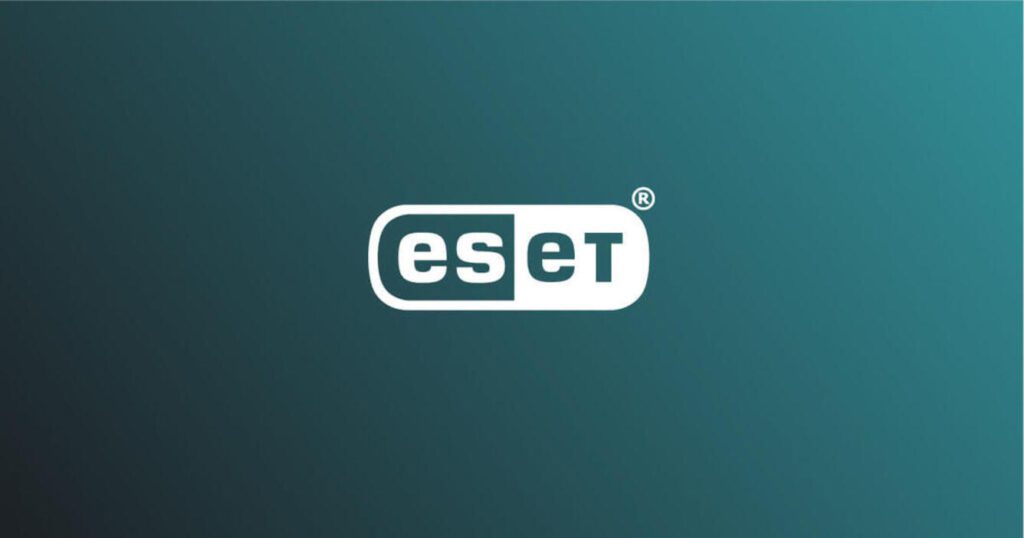
Image-of-ESET-Cybersecurity
Quick Facts
- ESET participated in NATO Locked Shields 2025 cyber wargaming where Slovak-Maltese team comprising 80 ESET experts placed fifth among 17 teams from 41 countries defending military, water, government defense sector infrastructure.
- Company’s ESET Inspect EDR proactively prevented ransomware attacks stopping adversary deployment before execution phase while ESET MDR security experts analyzed malware in real-time during multi-staged cyberattacks.
- ESET H1 2025 Threat Report revealed ClickFix social engineering attacks surged 517% in six months now accounting for 8% of all blocked attacks across Windows, Linux, macOS targeting defense contractors.
- RansomHub emerged as dominant Ransomware-as-a-Service operator in 2024 continuing into 2025 with increasingly sophisticated EDR Killers designed to bypass endpoint detection at defense sector organizations.
- ESET CTO Juraj Malcho warned AI-generated phishing campaigns and disinformation at scale will target defense contractors as cybercriminals leverage open-source AI models creating more credible social engineering attacks.
- China-aligned APT groups continued exploiting VPN networks for cyber-espionage in defense sector shifting from sabotage to intelligence gathering tactics across Ukraine and Middle East regions per ESET research.
- EU NIS2 directive implementation requires defense contractors and critical infrastructure operators strengthen cybersecurity posture meeting local compliance requirements across member states by October 2024 deadline.
Inside the Move
ESET’s Locked Shields performance demonstrates how defense sector organizations require AI-driven threat detection combined with human expertise during high-pressure cyber warfare scenarios.
The company’s multi-layered approach including vulnerability assessment and multi-factor authentication reduces complexity while ensuring operational continuity critical for defense contractors facing nation-state threats.
Rigorous cyber wargaming exercises allow ESET to fine-tune solutions protecting complex defense sector environments where compute resource preservation during battles makes profound difference between mission success and failure.
Momentum Tracker
🔺 Defense sector cyber resilience mandates: NATO cyber wargaming participation plus EU NIS2 compliance deadlines accelerate defense contractors’ adoption of enterprise-grade threat detection and automated response capabilities.
This validates market shift toward proactive prevention over reactive firefighting as defense organizations recognize manual war room approaches cannot scale against AI-enhanced threats and sophisticated nation-state adversaries simultaneously.
Cybersecurity vendors demonstrating capabilities in realistic warfare simulations gain credibility advantage with defense procurement officers evaluating solutions for mission-critical infrastructure protection requirements.